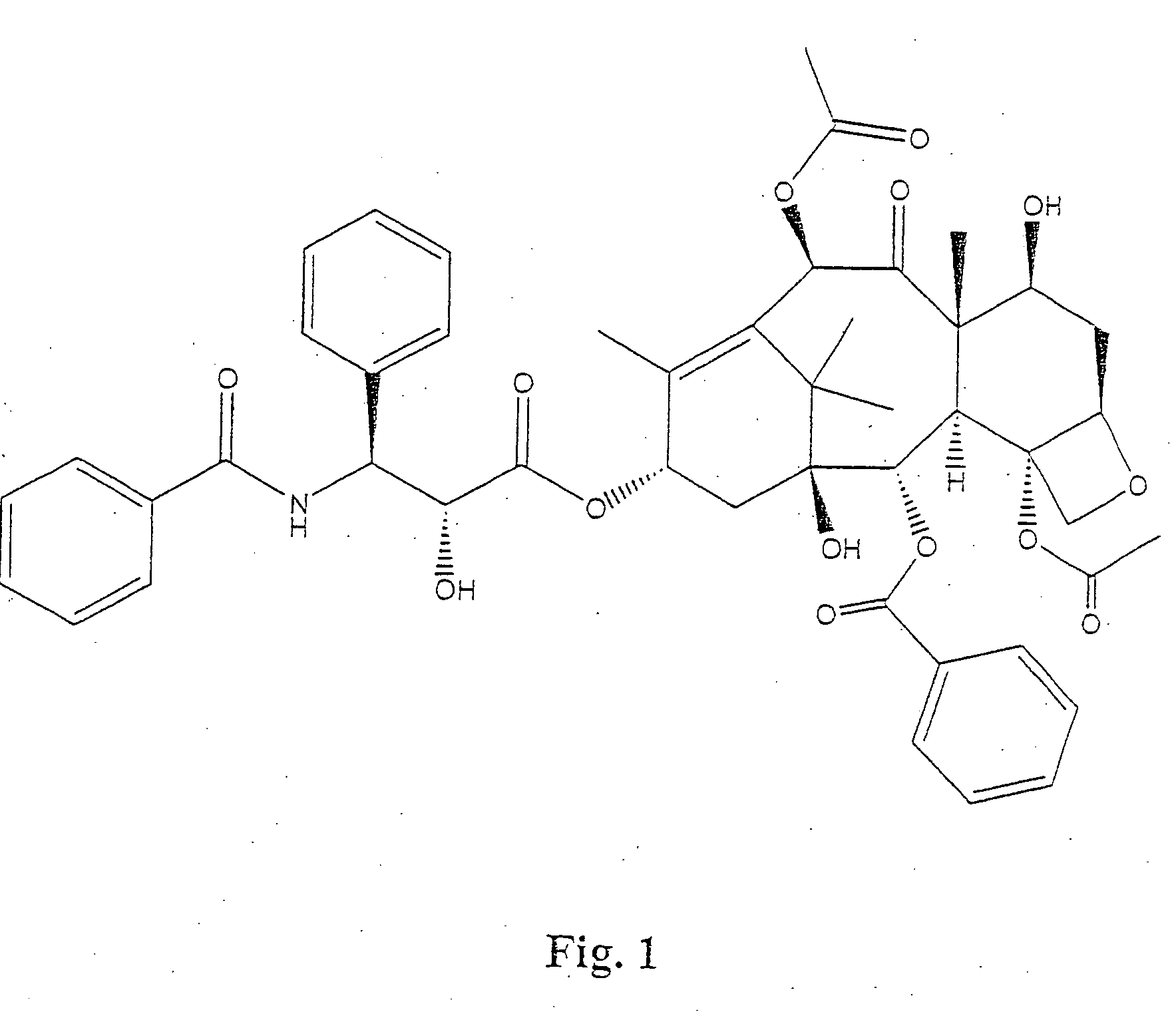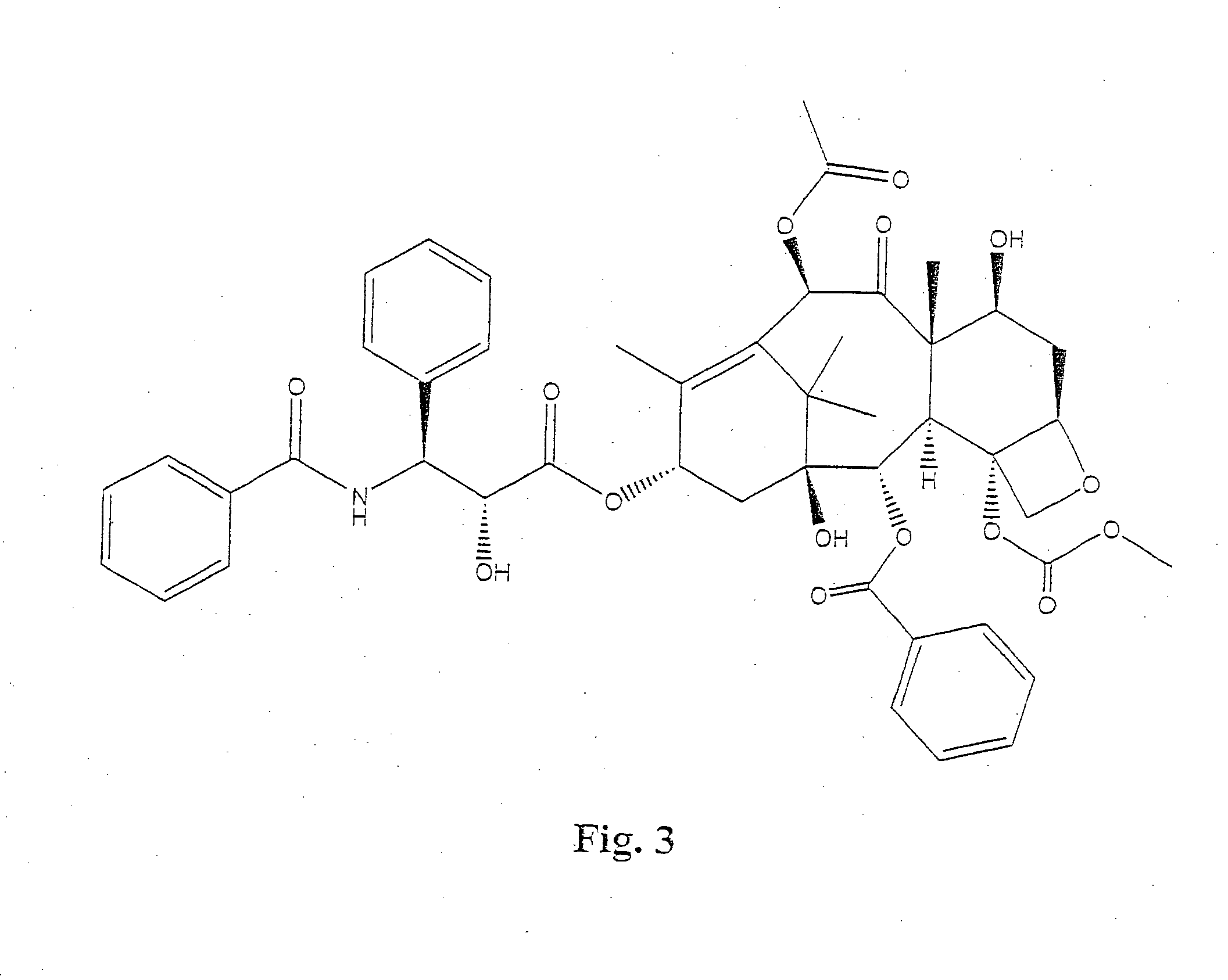Compounds for treating proliferative disorders
a proliferative disorder and compound technology, applied in the direction of biocide, amide active ingredients, drug compositions, etc., can solve the problems of cftr post-translational processing cannot proceed correctly, glycoprotein cannot be delivered to the cell membrane, etc., to enhance the anti-proliferative and apoptotic activity, induce hsp70, and increase the level of hsp70
- Summary
- Abstract
- Description
- Claims
- Application Information
AI Technical Summary
Benefits of technology
Problems solved by technology
Method used
Image
Examples
example 1
Compound 1: N′1,N′3-dimethyl-N′1,N′3-di(phenylcarbonoselenoyl)malonohydrazide
[0412]
[0413]A mixture of N-methylbenzohydrazide (450 mg, 3.0 mmol) and the Woollins' Reagent (540 mg, 1 mmol) in anhydrous toluene (10 ml), was heated at 120° C. for Ih. The resulting orange solution was cooled to room temperature, the solvent was removed in vacuo and the selenoamide purified by column chromatography on silica gel (3:1 Hexane:EtOAc) and to give N-methylbenzoselenohydrazide (415 mg) in 65% yield.
[0414]To a solution of N-methylbenzoselenohydrazide (215 mg, 1.0 mmol) and malonic acid (53 mg, 0.5 mmol) in CH2Cl2 (5 mL), was added EDC (240 mg, 1.25 mmol). The mixture was stirred for 1 h at RT. The reaction mixture was diluted with CH2Cl2 (15 mL) and washed with water and brine. The organic layer was dried over MgSO4 and filtered. After removal of the solvent, the product was purified by chromatography column on silica gel (1:1 Hexane:EtOAc and EtOAc) and to give (N′1,N′3-dimethyl-N′1,N′3-di(phen...
example 2
Compounds of the Invention Enhance the Anti-Cancer Activity of Anti-Cancer Agents In Vivo
[0429]A. General Procedure of In Vivo Anti-Tumor Study
[0430]The in vivo anti-cancer enhancing effect of novel compounds are assessed in tumor bearing mice using the tumor growth inhibition assay. Tumor cells are implanted by injection of a tumor cell suspension subcutaneously in the flank of a mouse. Treatment of the tumor with a compound of the invention and another anti-cancer agent (e.g., paclitaxel, which will be used hereinafter by way of example) is begun after the tumor had been established (volume was about 100 mm3). The animals are then started on a multiple injection schedule where the compound and paclitaxel are given by IV route of administration. Tumors are measured two times a week. During the course of this assay, animals are monitored daily for signs of toxicity including body weight loss.
[0431]B. Procedure
[0432]A supplemented media is prepared from 50% DMEM / Dulbecco Modified Eag...
examples 3-7
[0443]Heat shock proteins (Hsp) are induced under a variety of stress conditions and bind to other proteins to prevent their denaturation. Hsps can protect the cell from apoptotic death. Agents that induce the production of Hsp70 can have protective activity against a wide range of insults, and may have particular utility in neurological disorders. The neuroprotectant activity of Hsp70 inducing compounds of the invention can be assessed in a variety of animal neurological disease models. Specifically, animal models of stroke, amyotrophic lateral sclerosis, Huntington's disease, Parkinson's disease, and Alzheimer's disease are appropriate settings for testing efficacy. Some example animal models are provided below.
PUM
| Property | Measurement | Unit |
|---|---|---|
| Mass | aaaaa | aaaaa |
| Mass | aaaaa | aaaaa |
Abstract
Description
Claims
Application Information
 Login to View More
Login to View More - R&D
- Intellectual Property
- Life Sciences
- Materials
- Tech Scout
- Unparalleled Data Quality
- Higher Quality Content
- 60% Fewer Hallucinations
Browse by: Latest US Patents, China's latest patents, Technical Efficacy Thesaurus, Application Domain, Technology Topic, Popular Technical Reports.
© 2025 PatSnap. All rights reserved.Legal|Privacy policy|Modern Slavery Act Transparency Statement|Sitemap|About US| Contact US: help@patsnap.com



